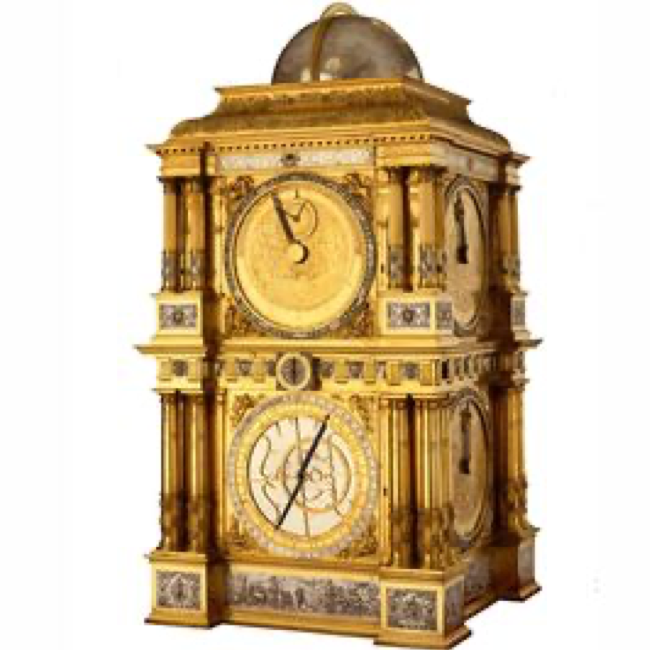One of our family’s favorite museums in the world is the Royal Cabinet of Mathematical and Physical Instruments (en Deutsche, Mathematisch-Physikalischer Salon) in Dresden, Germany. The Museum sits in the impressive Dresdner Zwinger complex which houses a range of museums and performing arts facilities. A central theme of the museum is instrumentation—the collection of measuring instruments that have allowed us as humans to evolve and innovate over time. It is fascinating to think about how being able to measure things has enabled our progress as a society.
For example, a major source of progress for humanity was the ability to measure time. While human beings and our precursors were curious about the passage of time and moon cycles for tens of thousands of years, it has only been for the last several hundred years that measurement progressed to be able to measure minutes, then seconds, then even smaller increments. Centuries ago, the understanding of daily, monthly, and yearly cycles was a mystery. Early sundials and natural variants (a stick in the sand, or a tree) could at least track when the sun was highest in the sky and rough hours, or two segments of the day. Notches in that stick were a manual way to track days. Fireclocks and hourglasses were slightly more modern variants, circa 5,000-6,000 years ago, breaking days into finer increments closer to hours and minutes.
Fast forward a few thousand years, and we begin to see mechanical clocks, pendulums, and the ability to track time to the seconds. In the last hundred years, quartz-crystal and now atomic clocks enable much more sophisticated and detailed time capture, down to the billionth of a second. Accurate time measurement has enabled the tracking of seasons and weekly or daily cycles. It also enabled much more sophisticated social interaction over the centuries. Time as a dimension, relativity, and the role of time as a social construct have stimulated thousands of interesting and entertaining books and movies. What started as a stick in the sand has become a major factor in our lives, for better and for worse. Each step in societal progress was concurrent with measurement devices.
Close upon the measurement of time was the measurement of distance. Time and distance, after all, are closely related. From the relatively mundane question of how far it might be from the Colosseum to the Pantheon in Rome, to what is a light year and how long will it take to get to the Klingon home planet Kronos, mankind has created instruments to measure distance. Many of these devices came from adjacent innovations in glass. For example, while glass was largely ornamental through the 1st Century AD, functional innovations blossomed in the 1400s and 1500s in Murano, Italy. Stacking curved glass in increasing or decreasing sizes allowed us to see space in different ways, both far away (telescopes) and within ourselves (microscopes). From seeing stars, galaxies, and other planets to atoms, germs, microbiology and advances in healthcare, instruments to appreciate and measure space and distance took us to new worlds large and small. The inventions of spectacles/lenses and the Gutenberg printing press (1440s) also allowed many to read about these discoveries because they could see better and books could be mass produced.
What does this have to do with startups? A consistent theme in The Titanic Effect and our work with entrepreneurs and innovators is the importance of metrics—knowing not just where you are, but if you are making progress. We thought a little side trip on the theme of science, measurement and instrumentation might be an interesting diversion. To realize your entrepreneurial dreams, you will need to be able to identify the metrics that matter most to your customers, your investors, your employees, and other stakeholders. Sometimes new or different instruments might be required to do so. And think creatively about how new instruments and devices might create opportunities in your market.
Astronomical Clock (1563-1568), a device to measure planetary movement from the Museum’s collection
P.S. Once you are traveling again, consider dropping in at the Mathematisch-Physikalischer Salon. Their instrumentation collection is as beautiful as it is inspiring.


